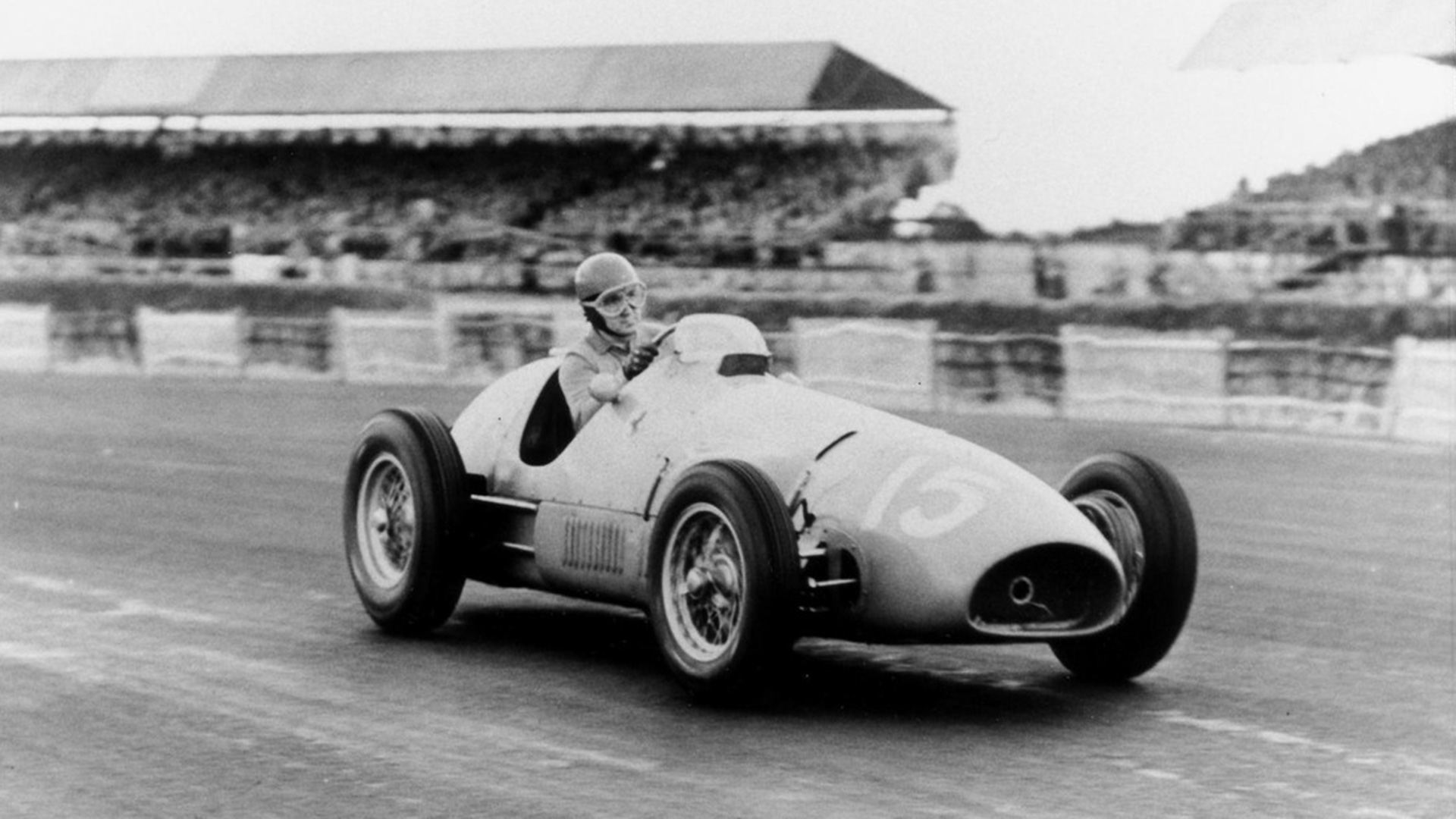









SPORTSCAR CHAMPIONS
340 MM AND 375 MM DOMINATE SERIES






SPORTSCAR CHAMPIONS
While the F1 World Championship has always been seen as the very top echelon of motorsport, sports cars were actually more successful commercially and as technical test benches for a long period of time. Open-top two-seaters that could be either used in competition or sold in road-going trim, these were the spiders favoured by the affluent young people of the day who liked both speed and the good life.

They were also, of course, equally popular with celebrities and VIPs from the worlds of entertainment, finance and business. In fact, sales of sports cars and their road-going iterations generated more revenues than building single-seaters on the company balance sheet. Over the years, the terms Barchetta and Prototype were introduced to describe these cars also. Barchetta, which means Little Boat in Italian, referenced a particular body shape, while the Prototype evolved from manufacturers’ habit of using competition cars to test solutions for use on road-going models. In1953, the Fédération Internationale de l’Automobile (FIA) gave the go-ahead for the organisation of the World Sportscar Championship with a trophy awarded directly to the winning manufacturer. This meant that constructors were given greater credit than in the F1 World Championship which, at that particular time, only awarded a Drivers’ title. The F1 Constructors’ title, in fact, was only introduced in 1958.
For this reason, all works drivers raced in both categories, often alongside wealthy gentlemen drivers who had bought the cars, or paired with up-and-coming talented youngsters hungry to grab the limelight and drives from more established champions. The sports car category also brought racing to the people as legendary likes of the Mille Miglia, Targa Florio and Carrera Panamericana were quite literally raced on open roads and city streets. Others still were competed on roads partly open to traffic, including the world’s most famous endurance race, the 24 Hours of Le Mans.
The 1953 season kicked off in the United States with the 12 Hours of Sebring which was deserted by the European manufacturers as only their best four results counted towards their final points. The privateer 166 MM fielded by Ed Lunken and Charles Hassan, however, finished sixth. The next round was the Mille Miglia. The Scuderia Ferrari decided to make a strong start to its Championship, fielding four 340 MMs. Two were bodied by Vignale for Count Giannino Marzotto and Welshman Tom Cole who raced on an American licence, and two were clothed by Touring for Luigi Villoresi and Nino Farina. Decked out in his signature shirt and tie, Marzotto not only won the race but also set a new average speed record of over 142 km/h, repeating his triumph of 1950 delivered in the Ferrari 195 S Coupé, in which his friend Marco Crosara had also been his navigator. The 340 MM used by Marzotto was the one in which Villoresi had won the Giro di Sicilia a month previously.

A blistering piece of engineering capable of unleashing in excess of 300 horse power, it was, nonetheless, very challenging to drive. Tellingly, Marzotto won ahead of Juan Manuel Fangio, Felice Bonetto and Cole. The third round of the season proved unlucky for the Maranello cars. The Scuderia fielded three 375 MM Berlinetta Competizione Pinin Farinas in the 24 Hours of Le Mans. Two sported the 340 MM engine, while the one given to Alberto Ascari andVilloresi was fitted with the 375 F1’s new 340 bhp 4.5-litre. Brothers Giannino and Paolo Marzotto were fifth across the finish-line, while Nino Farina and Mike Hawthorn were disqualified for a brake fluid top-up not permitted under the rules. From the next round, the 24 Hours of Spa, all three 375 MMs sported the 4,500cc engine. Farina/Hawthorn triumphed, while first position in the equally gruelling andprestigious ADAC 1000 Km-Rennen Nürburgring went to Ascari/Farina, this time aboard a Spider rather than a Berlinetta. Maranello did not compete in the Tourist Trophy, but did enter five cars in the Carrera Panamericana through Luigi Chinetti and Franco Cornacchia’s Scuderia Guastalla. Guido Mancini and Fabrizio Serena’s fourth position guaranteed it the points it needed to clinch the title in the World Sportscar Championship. A whole new chapter in the Ferrari legend had just begun.